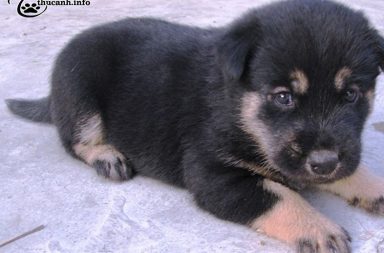Curious about what do hamsters eat in the wild? Uncover the secrets of their natural diet, from grains and seeds to insects and fresh vegetation. Explore their menu and understand their nutritional needs for optimal health and well-being. Get insights into their wild feeding habits and discover how to provide a balanced diet for your pet hamster.

In the Wilderness: Understanding the Wild Diet of Hamsters
1. Should you feed mice by eating natural foods?
Yes, feeding mice natural foods is recommended. Mice have evolved to consume a diet consisting of seeds, grains, fruits, and vegetables in their natural environment.
Providing mice with natural foods helps mimic their wild diet and supply them with essential nutrients, fiber, and water for optimal health.
Additionally, feeding mice natural foods allows them to exhibit natural behaviors and enjoy eating in a more natural way. However, it’s important to ensure a balanced diet and meet the specific nutritional requirements of mice when providing a natural food diet.
2. Understanding the Natural Diet of Wild Hamsters
2.1 Grains and Seeds – The Cornerstone of their Diet in the Wild
What Do Hamsters Eat in the Wild? When it comes to their natural diet, hamsters in the wild primarily rely on grains and seeds. These food sources play a crucial role in providing them with the necessary nutrients and energy to survive and thrive in their natural habitat. Grains and seeds offer a diverse range of vitamins, minerals, and essential fatty acids that are essential for their overall health and well-being.
2.2 Exploring Fresh Vegetation and Plants in the Wild
Apart from grains and seeds, wild hamsters also forage for fresh vegetation and plants. This includes consuming grass, leaves, and roots, which contribute to their dietary fiber intake and provide additional vitamins and minerals. Foraging allows them to diversify their diet, adapt to their environment, and ensure they meet their nutritional needs.
By understanding what do hamsters eat in the wild, we can better cater to their dietary requirements when caring for them as pets. Providing a balanced diet that incorporates grains, seeds, and fresh vegetation helps mimic their natural eating habits and promotes their overall health and well-being.
3. Supplementing with Insects and Protein

Going Back to Nature: What Do Hamsters Really Eat in the Wild?
3.1 Insects and Small Invertebrates – A Vital Protein Source in the Wild
Insects and small invertebrates form an important part of the wild hamsters’ diet, providing them with essential protein and vital amino acids. These tiny creatures offer valuable nutrition that supports their growth, reproduction, and overall health. Consuming insects helps meet their protein requirements, ensuring their bodies function optimally in their natural environment.
3.2 Limited Consumption of Fruits and Vegetables in the Wild
Although wild hamsters may come across fruits and vegetables in their natural habitat, these food items are not a significant part of their diet. Grains, seeds, and insects remain the primary sources of nutrition for these small rodents. While fruits and vegetables may provide some supplementary vitamins and minerals, they are not a major component of their regular food intake.
Here are some natural foods that hamsters should not eat:
- Avocado: Avocado contains a substance called persin, which is toxic to hamsters and can cause digestive issues.
- Citrus fruits: Citrus fruits like oranges, lemons, and grapefruits are too acidic for hamsters and can cause stomach upset.
- Rhubarb: Rhubarb leaves contain oxalic acid, which is harmful to hamsters and can cause kidney damage.
- Tomato leaves and stems: The leaves and stems of tomatoes contain solanine, a toxic substance for hamsters.
- Onions and garlic: These vegetables contain compounds that can be toxic to hamsters and may cause digestive problems.
- Raw beans: Raw beans contain lectins that can be harmful to hamsters and may cause digestive issues.
- Caffeine: Foods and beverages containing caffeine, such as coffee and tea, should be avoided as they can be toxic to hamsters.
- Alcohol: Alcohol is extremely toxic to hamsters and can cause severe health issues or even be fatal.
It’s important to provide a safe and appropriate diet for your hamster, focusing on hamster-specific foods and avoiding potentially harmful foods to ensure their well-being.
In conclusion, understanding what do hamsters eat in the wild is crucial. Their diet consists of seeds, grains, and plant matter. They forage for grasses, fruits, and insects. Replicating their natural diet is important for their health in captivity. Provide a balanced diet with commercial hamster food, fresh veggies, fruits, and occasional protein-rich treats. Monitor their diet, offer fresh water, and consult a vet. Help your hamster thrive with a nutritious diet.
Source: Thucanh.info


